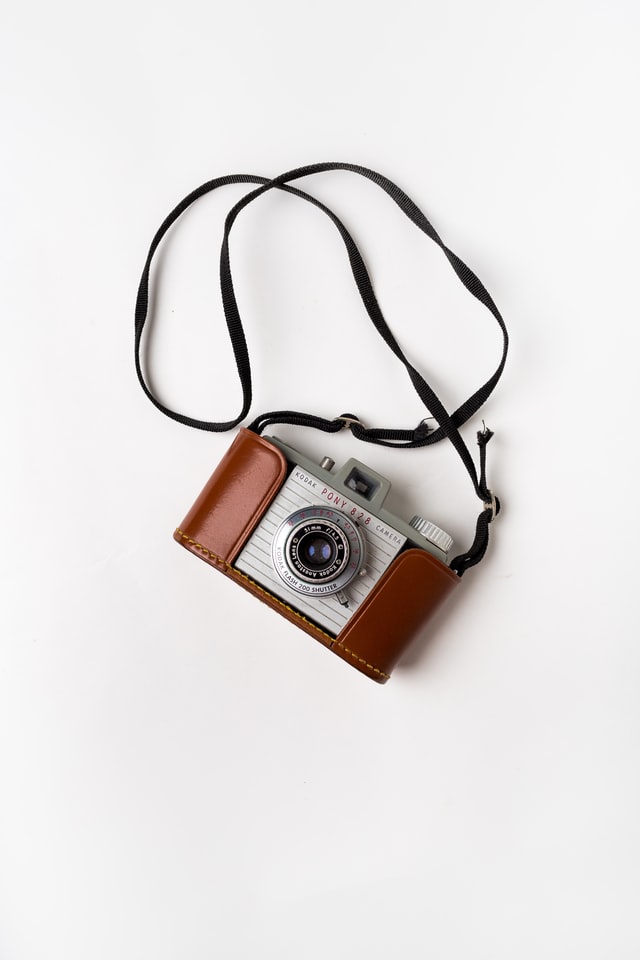Compact cameras are known as “point-and-shoot” cameras because they resemble the shape and small size of the object. They have a nonremovable lens and a small resolution sensor. These cameras are easy to operate: they do not need to be adjusted manually and take a long time to focus on the subject. Compact cameras can be safely taken on trips, hikes and walks. It is better to take pictures in good daylight, otherwise the picture will be poor quality or blurry.
DSLRs are prized by professionals for their detachable lens, optical viewfinder, high resolution sensor. The settings can be adjusted manually. Thanks to this the images are of high quality and clear.
Mirrorless cameras with interchangeable lens are becoming very popular among professionals and amateurs. They don’t have a mirror and an optical viewfinder. Instead of them for the viewer use LCD-screen or electronic viewfinder. These cameras are compact, equipped with a removable lens, a large matrix and are inexpensive. However, they use up power quickly, but you can buy a spare battery.
What do viewfinders do and what kinds of viewfinders are available?
The viewfinder is an element of the camera that is designed to visually define the frame. It helps the photographer create the right composition.
Optical viewfinders do not consume power and can be used in bright light, but the frame boundaries and degree of zoom are often not the same as what the lens sees.
Electronic viewfinders display data on focal length settings, shutter speed, and flash status. However, the sensor must always be on to produce an image. This causes it to overheat and photos become poor quality. To solve the problem, some models use two sensors for shooting and viewfinder. It’s also worth noting that shooting sports, children and animals with an electronic viewfinder is quite difficult.
A hybrid viewfinder combines the functions of an optical and electronic viewfinder. To quickly switch between the two, there is a switch on the front of the camera body. The electronic display shows the focus area.
The mirror-like viewfinders consume little power, work well even in bright ambient light, and allow you to check the depth of field and background blur.
Why the number of megapixels is not the main indicator
A megapixel is 1 million pixels that form an image. Megapixels measure the resolution of the sensor as well as the size of the image created.
The number of megapixels in a camcorder or camera does not always affect picture quality. Often inexperienced photographers tend to choose cameras based solely on the number of megapixels. This happens because marketers in advertising emphasize the resolution of the camera. For a camera to photograph well, it needs to be between 5 and 13 megapixels. Anything more is a marketing ploy that has nothing to do with detail.
Matrix size is also important, not only pixel size, but also physical size, i.e. what the sides of the matrix are in centimeters or inches. The bigger the better, because the size of each pixel and their total number depends on the size of the sensor. And this affects the detail of the image as well as the size and weight of the camera itself.
How to zoom in and out
Sometimes you need to take pictures of objects at a great distance. The camera’s built-in zoom function, Zoom, will help. It can be optical or digital.
Optical Zoom magnifies the image while preserving the resolution and quality of the picture. Digital Zoom simply zooms in on the viewfinder. It makes the picture look closer, but it is in fact very stretched, making it look fuzzy and low quality.
What format to shoot in
- RAW is a digital camera internal format for recording images. RAW files contain unprocessed data, so there is no loss of information. It is recommended to use this format if you often have to improve photos, for example, to change the exposure of the frame with the help of Photoshop or Lightroom programs. However, files in this format weigh a lot and some devices do not support RAW.
- TIFF is a format that allows you to save images without loss of quality, but these files also weigh a lot.
- JPEG- a very popular compression method. It is suitable for those who have already learned how to set up exposure and are not going to process the image in photo editors. Photos in this format do not weigh much.
Is it possible to record video with sound
Most cameras can not only take photos, but also record video. You won’t be able to record sound perfectly, because the built-in microphone reacts not only to human speech, but also to extraneous sounds. To fix this, you can buy an additional microphone. Before you do this, be sure to check that there is a microphone jack in the camera.


